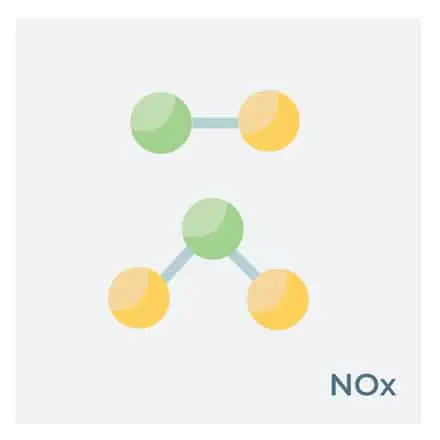NOx monitoring
NOx, apart from affecting human health and the environment itself, has the potential to produce “secondary pollutants” such as ozone, smog, nitric acid, and particulate matter. Also, these pollutants have negative effects on health and the environment. NOx monitoring is an efficient way to prevent the accumulation of high levels of NOx as it helps …





